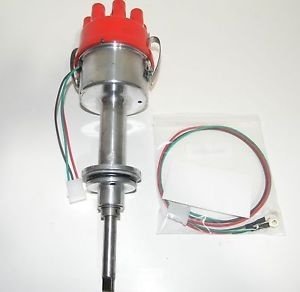Mopardreams
Member
Ok so I've tried searching for both answers to my questions but no lucky do I'm starting a new thread. A little background I have a 1970 roadrunner 383 auto. that was my dads he passed away when I was two so I can't ask him if he installed the Mallory electronic distributor. My aunt my have had it put in but not sure. So it has a Mallory electronic distributor it has the original style voltage regulator with blue and green wire still has a ballast resistor it has been like this for who knows how long and it works fine but is this correct? Or ok?
My second issue is that I replace the alternator with a NEW one not rebuilt new positive and negative batter cables, new voltage regulator and starter relay all to clean up and freshen up the engine bay some. I'm charging 13.40-14 at the battery but on the stud at the back of the alternator I'm at 15.40. Amp gauge runs around +5 or less driving around. Amp gauge was replace when my aunt had the car as well as wiring and wired through bulkhead connector. I have read some that say this is normal and others that say it's not please help. I also took it to a show last weekend about 30 min ride everything was fine.
My second issue is that I replace the alternator with a NEW one not rebuilt new positive and negative batter cables, new voltage regulator and starter relay all to clean up and freshen up the engine bay some. I'm charging 13.40-14 at the battery but on the stud at the back of the alternator I'm at 15.40. Amp gauge runs around +5 or less driving around. Amp gauge was replace when my aunt had the car as well as wiring and wired through bulkhead connector. I have read some that say this is normal and others that say it's not please help. I also took it to a show last weekend about 30 min ride everything was fine.

















